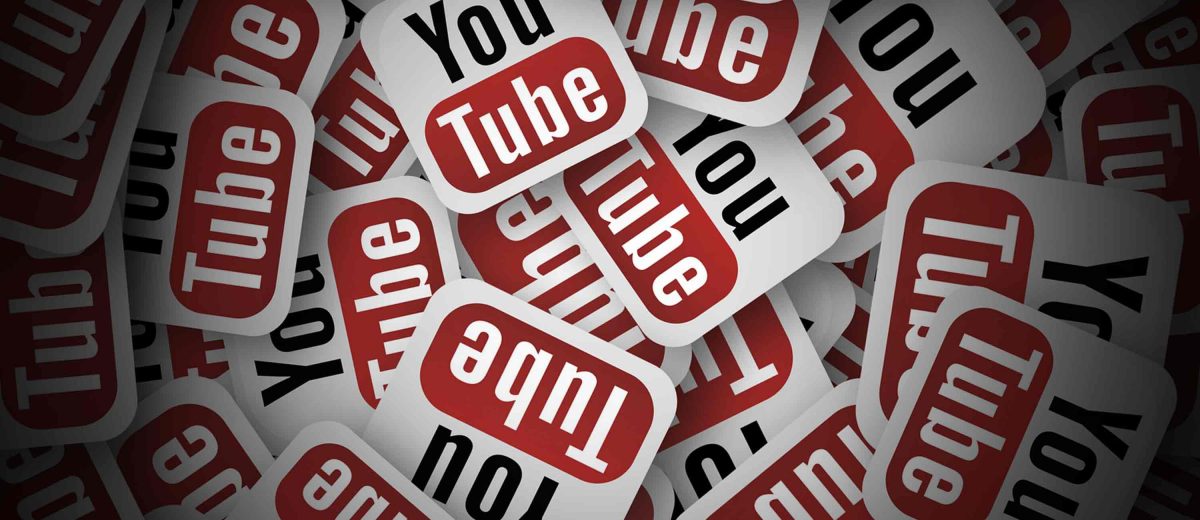YouTube is the second largest search engine in the world. In light of that, you can see how important it is to optimize your YouTube videos when you are uploading content. YouTube videos are indexed in the Search Engine Results Pages (SERP) on Google, just like web pages, when people are looking for terms related to your content. Whether it’s your website, services, location, or other term, YouTube videos will appear along with the rest of the results.
So lets take a look at how to optimize your YouTube videos once you upload them.
1) Verify your account after creating your channel
This is huge because it tells Google that there is not a anonymous person managing the account, and unlocks many useful features you’ll want to use like custom video thumbnails and further editing features in YouTube’s interface.
To verify your account head over to this Google help article here, and follow the instructions, as writing them out here would just be silly. Or you watch the video below.
2) YouTube video titles and descriptions
The information you add in the title and description is what helps other people find and understand what your video will be about. Even better, if it’s a hot topic, it helps people understand the value of the video. Moreover, the YouTube team will review your video after uploaded and has the added benefit of helping the review team if your content does get flagged.
This is what is used for “metadata” for your videos. It’s what gives the video context for your viewers and the search engine. If you misuse this, don’t expect users to continue watching your videos. It is never a good idea to break trust with your audience. Additionally, Google could just ban your channel for fraud. No one wants that.
Here’s a help article to better give examples and explain best practices: https://support.google.com/youtube/answer/7002331?hl=en&ref_topic=4355198
3) Video information and settings
After editing the videos title and description, it’s recommended to tag your video appropriately and add to a category (just like a blog – after all, YouTube is one giant Video Blog). To do this, look at the Advanced Tab. From under the advanced tab, you can set privacy, which I don’t recommend if you want to embed your video elsewhere or share it. Also, you can set the language, subscriber notification, sharing options, and more.
One thing that is important to note here is that you set the location of where the video is shot or intended to be distributed to. This tells Google to place the video across other Google products, like the search engine itself.
More at the link: https://support.google.com/youtube/answer/57404?hl=en&ref_topic=4355198
So now your thinking, “But what about annotations?” Well YouTube has stated as of May 2017, they are discontinued. Why? Because of mobile! So what’s the replacement? Cards. (and if you’re from Louisville, not the sportsball team on ALL the TV channels on every night in March) Sorry, rant over.
You can add up to 5 cards to a video, but let’s not get carried away, I want to watch your video, not be distracted with all the things around your face. So I would recommend just 1, or timely place them in your script. Cards are great because they do add a layer of interactivity to your video, just don’t annoy people. Depending upon the type of card, you can add customized images and calls to action.
Read more here or watch the video below: https://support.google.com/youtube/answer/6140493
Annotation replacement option number 2 is end screens. End screens are content to lead viewers to another video or YouTube channel after your video ends. Think of them like the related content section on a website. After reading the article, usually there is a row of images and brief description of what else on the site the readers might like to read or download. That’s what End Screens are on YouTube videos. Without them, it’ll be tough to build an audience and gain subscribers.
https://support.google.com/youtube/answer/6388789
Why do all this?
YouTube is bigger than most take for granted and is still growing. With monetization you can run ads and advertise yourself. So to ignore this platform is like ignore a red light at a busy intersection. Not every company is a fit for YouTube. However, take note, video is becoming more and more popular on other content channels. In addition, studies show videos keep people engaged longer and can lead to more conversions.
Engagement! Now that’s what businesses what to hear.
If you’re curious, contact us at Element 502 about your video strategy and content marketing. You’ll be surprised what possibilities are out there.

